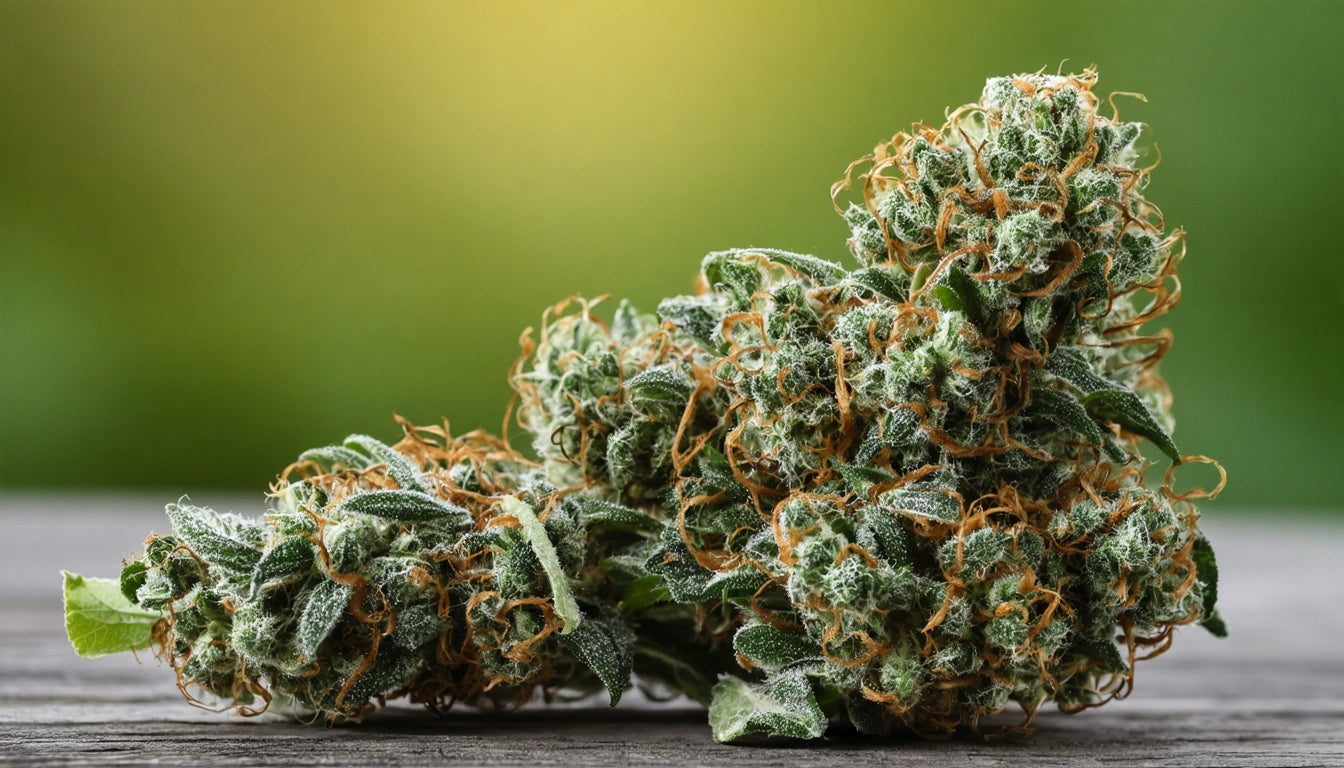Table of Contents
- Skunk Origins: The Birth of a Cannabis Legend
- Is Skunk Indica or Sativa? Understanding Its Classification
- Classic Skunk Varieties and Their Characteristics
- The Distinctive Aroma Profile of Skunk Cannabis
- Effects and Potential Benefits of Skunk Strains
- Growing Considerations for Skunk Varieties
- The Future of Skunk: Evolution of a Cannabis Classic
Exploring Skunk: Understanding Strains, Effects, and Origins of This Classic Cannabis Variety
Few cannabis varieties have achieved the legendary status of Skunk. This iconic strain family has influenced modern cannabis breeding for decades, becoming synonymous with potent, aromatic marijuana. Whether you're curious about what skunk weed is, wondering if skunk is indica or sativa, or searching for the best skunk strain, this comprehensive guide will explore the rich history and characteristics of this cannabis cornerstone.
Skunk Origins: The Birth of a Cannabis Legend
Skunk #1, the original skunk strain, was developed in the 1970s by Sacred Seeds, led by breeder Sam the Skunkman. This groundbreaking hybrid combined Afghani, Acapulco Gold, and Colombian Gold genetics to create a stable, uniform, and highly adaptable plant. What made Skunk revolutionary was its consistent growth pattern, reliable potency, and distinctive aroma.
The name "skunk" refers to the pungent, unmistakable odor produced by these plants, which many compare to the defensive spray of a skunk animal. This answers the common question of what does a skunk have to do with marijuana: it's simply an apt description of the plant's powerful aroma profile.
Is Skunk Indica or Sativa? Understanding Its Classification
One of the most frequently asked questions is whether skunk is indica or sativa. The original Skunk #1 is a hybrid, typically classified as indica-dominant (approximately 65% indica and 35% sativa). However, the skunk family has expanded significantly over decades of breeding.
Different skunk varieties can lean more heavily toward either classification. For example:
- Skunk #1 strain is indica-dominant but with notable sativa effects
- Super Skunk leans more heavily indica
- Some regional variants like local skunk strains may have different indica/sativa ratios depending on breeding
As with many modern cannabis varieties, the simple indica/sativa distinction doesn't fully capture the complexity of skunk's effects, which are influenced by terpene profiles and cannabinoid ratios beyond just THC.
Classic Skunk Varieties and Their Characteristics
Skunk #1
Considered the original and by many the best old school skunk strain, Skunk #1 offers balanced effects with physical relaxation and mental stimulation. It features dense, resinous buds and a flowering time of approximately 8-9 weeks.
San Fernando Valley (SFV) Skunk
Often referred to as San Fernando skunk strain, this California variant emerged in the San Fernando Valley. It typically offers more uplifting, cerebral effects while maintaining the classic skunk aroma profile.
Super Skunk
Developed by crossing Skunk #1 with an Afghani strain, Super Skunk offers more sedative effects and an intensified aroma. Many consumers consider this among the best skunk strain options for relaxation and stress relief.
The Distinctive Aroma Profile of Skunk Cannabis
What does skunk taste like? The flavor and aroma profile of skunk strains typically includes:
- A pungent, earthy base note
- Sweet, sometimes fruity undertones
- Diesel or chemical notes, especially in modern crosses
- A distinctive muskiness that lingers
This complex aroma comes from a terpene profile dominated by myrcene, with significant contributions from caryophyllene, limonene, and pinene. The combination creates that instantly recognizable scent that has become synonymous with potent cannabis.
Effects and Potential Benefits of Skunk Strains
What is skunk weed known for in terms of effects? Skunk varieties typically produce:
- A balanced high combining physical relaxation with mental stimulation
- Moderate to high potency, with THC levels commonly ranging from 15-20%
- Long-lasting effects that develop gradually
- Potential therapeutic applications for stress, pain, and mood disorders
The balanced nature of many skunk strains makes them versatile for different times of day, though more indica-leaning varieties are often preferred for evening use. This versatility is one reason skunk genetics have been incorporated into countless modern cannabis varieties.
Growing Considerations for Skunk Varieties
Skunk strains gained popularity among growers for several key reasons:
- Resilience and adaptability to different growing environments
- Relatively short flowering periods (typically 7-9 weeks)
- Good yields, especially for indoor cultivation
- Stability and predictability across generations
For those interested in cultivation, growing skunk plants indoors offers the advantage of odor control, which is particularly important given the strain's powerful aroma. When considering who has the best Skunk #1 seeds, established seedbanks with proven genetics like Sensi Seeds, Royal Queen Seeds, and Dutch Passion are frequently recommended.
The Future of Skunk: Evolution of a Cannabis Classic
While traditional skunk varieties remain popular, modern breeding has taken skunk genetics in new directions. Contemporary crosses often aim to preserve skunk's reliability and potency while modifying characteristics like aroma (sometimes making it less pungent) or enhancing specific effect profiles.
As cannabis legalization expands globally, we're likely to see continued innovation with skunk genetics, including:
- CBD-rich skunk varieties with more balanced cannabinoid profiles
- Terpene-focused breeding to enhance specific aspects of the aroma
- Autoflowering skunk varieties for easier cultivation
Despite these innovations, the classic skunk varieties continue to set the standard for what many consumers expect from quality cannabis, cementing this strain family's place in cannabis culture for generations to come.











Leave a comment
All comments are moderated before being published.
This site is protected by hCaptcha and the hCaptcha Privacy Policy and Terms of Service apply.